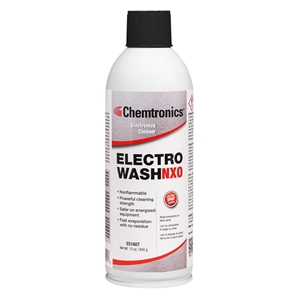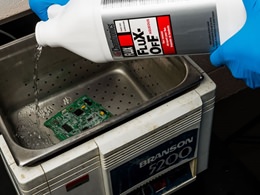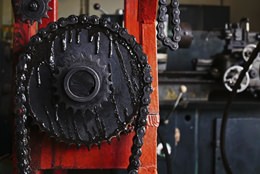Electro-Wash NXO Degreaser
Extra-strength, nonflammable cleaner degreaser
Electro Wash® NXO Cleaner/Degreaser is an extra strength, nonflammable degreaser. This high pressure aerosol cleaning agent quickly removes oxide particles, dust, light grease and oil, then evaporates quickly, leaving no residue.
Removes oils, greases, silicones, refrigerant oils, fluxes, adhesives and other common industrial contaminants. Used for cleaning medical instruments, implants and other devices including orthopedic implants, monitoring devices, oxygen and gas lines. This solvent can be used as a carrier fluid like for silicone-based lubricant coatings.
CLICK HERE FOR CLEANER DEGREASER SELECTION GUIDE
Features & Benefits
- Nonflammable
- Extra cleaning strength
- Dries fast
- Leaves no residue
- Aerosol utilizes All-Way Spray valve; sprays in any direction
- May be used on energized equipment.
Applications
- Cleans difficult to remove soils from robotic assemblies
- Removes cured conformal coatings
- Removes oxidized greases
| TDS | |
| REGS | |
| SDS | |
| Categories |
| Shelf Life | 5 yrs. |
|---|




